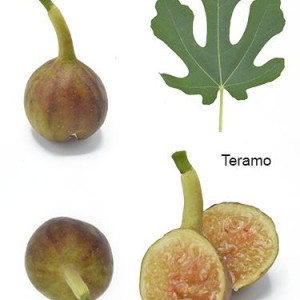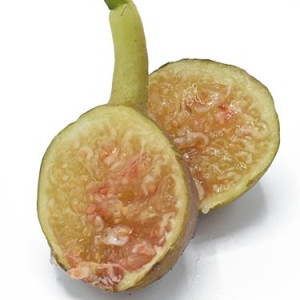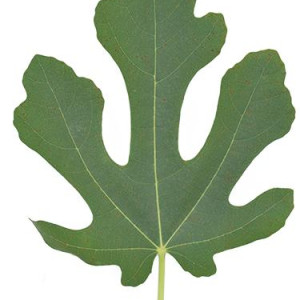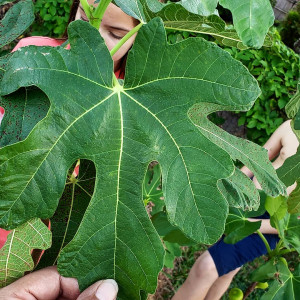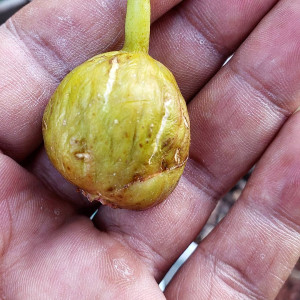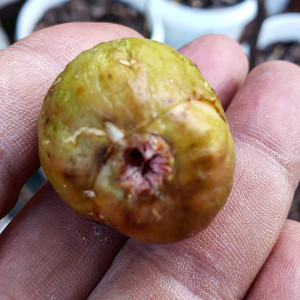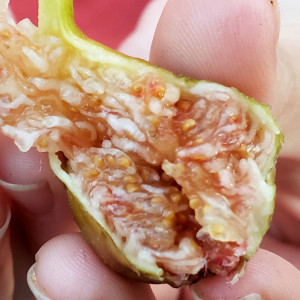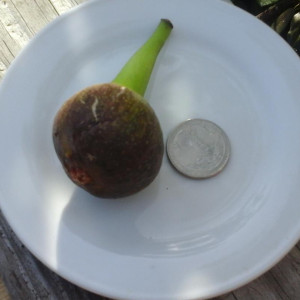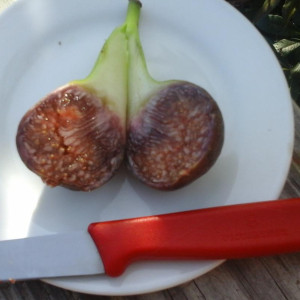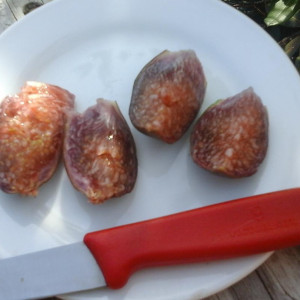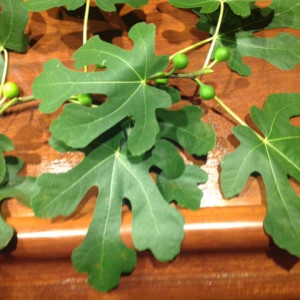This site contains affiliate links for which I may be compensated.
Teramo
Teramo Information
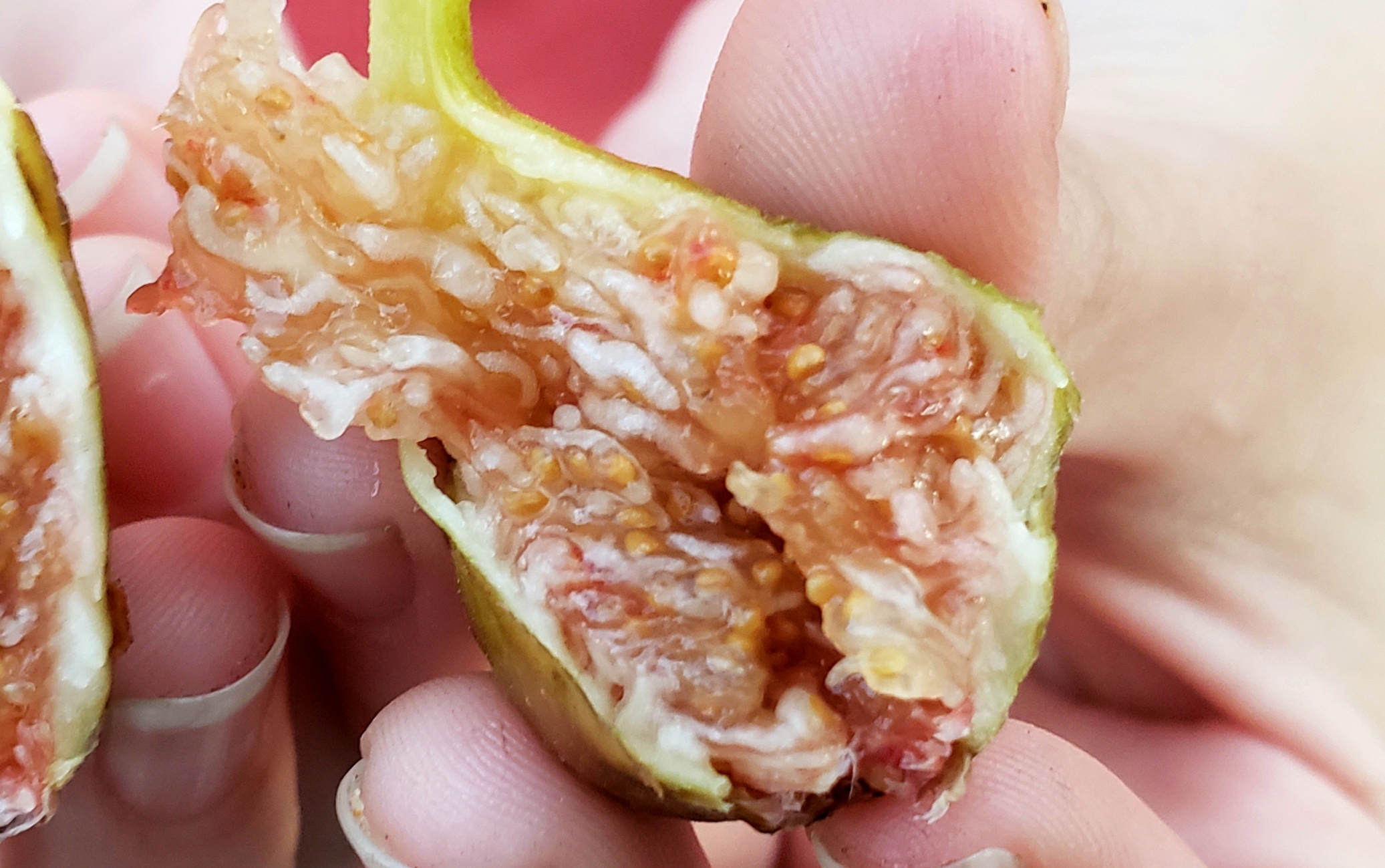

-
Possible Synonyms / AKA:
Teramo Unknown, Unk Teramo
More than likely Nebo -
Introduced By:
BigBill (Off the Beaten Path Nursery) -
Origin:
Italy -
Main Flavor Group:
Exotic - Deep, rich flavor often found in varieties like Black Madeira and Preto, delivering an intense, complex taste that feels luxurious and distinctive. -
Family Group:
-
Fig Type:
Common - Self fertile and will grow anywhere conditions are suitable -
Cold Hardy:
Yes -
Container Variety:
Yes -
Easy Rooting:
Excellent -
Main Season:
mid -
Availability:
Average -
Breba Crop:
Yes -
Seed Crunch:
mild -
Eye:
open -
Skin Toughness:
soft -
Fruit Size:
Small to medium -
Rain Resistance:
Average -
Tree Vigor:
Medium -
External Links:
https://www.ourfigs.com/forum/figs-home/42634-unk-teramo
https://www.ourfigs.com/forum/figs-home/352109-teramo-main-2018
Description
The Teramo fig is a prolific variety originating from the town of Teramo in Abruzzo, Italy. This fig was introduced to the fig community by Bill Lauris of Off the Beaten Path Nursery after it was discovered growing robustly in Easton, Maryland. The Teramo fig is known for its early ripening, producing its Main crop around the same time as other early varieties like Ronde DE Bordeaux and Improved Celeste. It also yields a small Breba crop.
The figs are small to medium-sized with a unique teardrop shape and an elongated neck. They have a sweet, sugary flavor with pleasant berry undertones, making them a delightful addition to any fig collection. The tree is cold Hardy and performs well in cooler climates, showing good resistance to splitting even in wet conditions. This makes it an excellent choice for growers in a variety of environments.
By Bigbill 10-06-2015
I go "fig hunting" a lot each summer and even impersonate the late, great Steve Irwin as I stumble upon a fig tree complete with my best (still terrible) Australian accent. My wife hates it, by the way, both the accent and my incessant searching for these fine specimens...particularly when we are vacation. Two years ago I did some research about fig trees in the St.Michaels area whilst on vacation.
I found an article about a B&B in Easton, Md that was run by an Italian lady originally from the Abruzzo region of Italy (same as my wife's family, so I got a pass on this one). Specifically, she was from Teramo and wanted to start this hospitality venture in the U.S. by sharing a part of Italy with her. She brought some fig cuttings of what she thought was the best tasting fig tree growing in Teramo. She brought them along with some oregano seeds and other reminders of her homeland to share with her future guests.
However, the B&B must have closed down a few years before we got there as the only response we got when we knocked on the door was some bewildered looks from the assumed tenants in the current apartment building. However on the side of the building ( the wrong side- not getting full sun) was a twenty foot behemoth of a fig tree, obviously neglected, but impressive. It had interesting leaves, see the pics, and was loaded with figs. This was in 2014, after a brutal winter. It was mid-June at the time, which meant the tree mustn't have suffered much Dieback -I saw very little evidence. The trunk wasn't that large, so the tree wasn't very old. I fig-ured ( sorry, force of habit) that it was just lucky being protected ( even if on the wrong side) of the house. Many people in the surrounding area, St. Michaels, Oxford, and Easton own fig trees. After seeing many of their trees dead to the ground as many of mine were made me think it wasn't simply luck. As I interviewed other people with trees in the nearby areas, it seemed the consensus was that all fig trees suffered several whether against the house or not, except this one. I of course only took a few ( okay, a lot) cuttings for scientific research.
A few rooted, but I was determined to go back later that summer and check for the actual fruit...for science. Wow, were they good! Syrupy and rich. They were brown and round with no void. They were ripened by mid July. I felt I should Root some more and just see if this was a coincidence of hardiness. After all, I go fig hunting a lot and most times, it turns out to be just a Brunswick ( right, Von?) or a Celeste. I looked at this tree as very interesting and uniquely Hardy , however, I didn't want too jump the gun and tell everyone how awesome and Hardy it was only to find out it was just a one time deal. I had to wait until I was sure that this tree was worthy of being written about.
Another brutal winter passes, Early this past summer, I felt it was my duty to suggest we go to Easton, Md for vacation, you know, because of the good crabbing, restaurants, tranquility etc. Day one I found the tree, expecting it to finally succumb to the second consecutive frigid winter. No, it surged back to 16-20 FT in mid June. It looked the same as last year. I had to test the fruit in late July one more time before singing its praises. It was every bit as good as I remembered.
The Italian woman accomplished at least one goal. She set out to bring a little piece of Teramo with her and share it with her new community with a lot of pride. I have over a hundred and forty varieties and have tasted over eighty this year. I don't know if it is the best tasting fig I've had this year, but it's pretty special to me. It is amazingly Hardy and accordingly, it produces very early. it meets my criteria- Hardy , early, tasty.
Note: I posted this information regarding this particular variety because I think it is unique with respect to hardiness. I go fig hunting and probably Root 30-40 varieties from what I collect every summer. None of those has had any feature worth posting about. The house wasn't nearly as close to the water ( probably 3-4 miles from any tributary) as many of the surrounding trees that I found. It also had no additional protection,besides close to the brick building, that could have been to its advantage. All of the other nearby fig trees ( even the older, larger trees-or stumps at this point were sprouting from the ground and most of those were cared for and up against houses or fences or walls, too. The minimum temperature for February was 3 degrees and they had a week in February of 6 days in a row with lows in the single digits. Not as cold as many of us, but still unusually cold. I am still experimenting with it so I don't want to go overboard with its praises, but it is definitely an exciting variety.
If you'd like your banner to be shown here and throughout Fig Database, send us a message.





